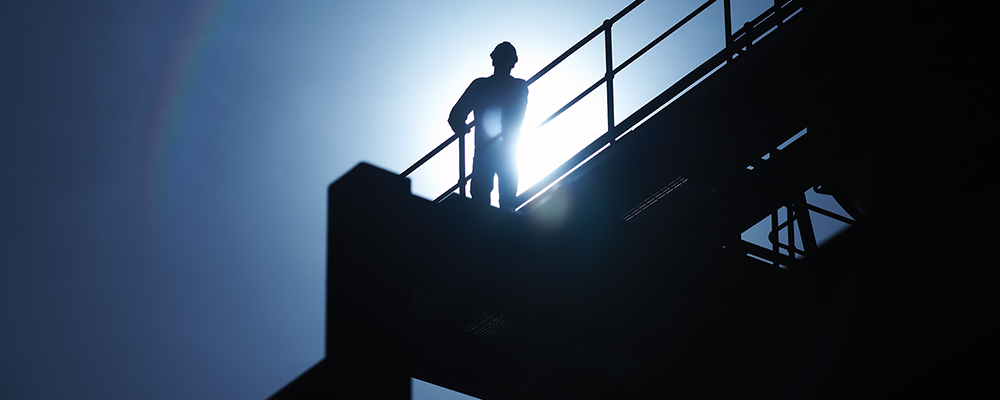
Incineration
There are few, if any, municipal waste incinerators in Australia but a number of medical waste incinerators operate throughout the country. Incineration, with or without energy recovery, is used extensively in the US, Europe and Japan.
Municipal and medical waste incineration can be - and were, in the past - a significant source of dioxin emissions. However, it has been widely demonstrated that the total chlorine content of the feed to these incinerators has little impact on dioxin output as only a very small amount of chlorine needs to be present to lead to dioxin emissions [Rigo, HG, Chandler, JA & Lanier, WS, 1995, The relationship between chlorine in waste streams and dioxin emissions from combustors, The American Society of Mechanical Engineers]. Although PVC products have a relatively high chlorine content, other sources of chlorine in waste include food waste (contains salt), wood, paper etc.
The level of dioxin emissions from incinerators is the result of the combustion temperature and the efficiency of operation, both of which can be controlled with the use of modern incineration technology. PVC in the waste stream of properly operated incinerators has negligible effect on the amount of dioxin emissions.
The Swedish Environmental Protection Agency (EPA) found reducing the PVC component of the total combustible waste “… will not change the amount of dioxin emissions in flue gases, or significantly reduce the dioxin content in residual products from flue-gas treatment plants” [Swedish EPA, June 1996, Report on Disposal PVC Waste].
Similarly, Australian Dr. John Scheirs reports that, with respect to the incineration of municipal solid waste, there appears to be little relationship with the proportion of PVC in the waste and dioxins produced, since chlorine from other sources is already present [2003, PVC Final Report [http://www.environment.gov.au/archive/settlements/waste/index.html].
When PVC is burnt or incinerated, the major by-products are carbon dioxide, water, hydrogen chloride and metal chlorides. Hydrogen chloride is an acidic gas which must be removed from the emissions of waste incinerators. The gas is filtered out using equipment called scrubbers. Scrubbers are fully enclosed within the incinerator and are compulsory in modern waste incinerators. The presence of PVC in the feed stream increases the use of caustic soda to balance the scrubber effluent.
There are several modern German incinerators that recover HCl. There are also processes today that are able to recycle incinerator residues. These include the Halosep process and the Neutrec process.
Read more about the effective managment of dioxins in PVC manufacture and incineration in PVC & Dioxins and in the following VinylPlus publications:
Dioxins and PVC - A troubled past, a brighter future
PVC waste incineration and HCl.





